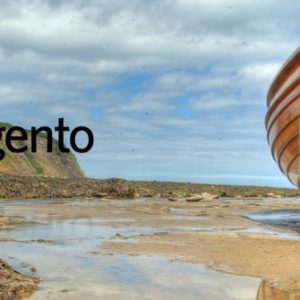Introduction
In the realm of hospitality, creating a welcoming and comfortable environment for guests is paramount. One often-overlooked aspect that plays a significant role in this regard is hospitality lighting. Whether you’re managing a hotel, restaurant, or any other establishment, the right lighting can elevate the overall experience. In this blog, we’ll explore the key elements of hospitality lighting and how it can be leveraged to create a memorable guest experience.
- Setting the Mood with Ambient Lighting
Ambient lighting, also known as general lighting, forms the foundation of any hospitality lighting design. It sets the overall tone and atmosphere of a space. When determining the appropriate level of ambient lighting, consider factors such as the establishment’s concept, the time of day, and the desired mood. For instance, a cozy, dimly lit restaurant may create a romantic ambiance, while a brightly lit hotel lobby can convey a sense of openness and accessibility.
- Accentuating Details with Task Lighting
Task lighting is essential for providing focused illumination in specific areas where guests require clear visibility, such as reading areas, workspaces, or dining tables. In restaurants, pendant lights or table lamps can be strategically placed to enhance the dining experience. In hotel rooms, bedside lamps and well-placed desk lighting help guests with tasks like reading or working.
- Embracing Aesthetics with Decorative Lighting
Decorative lighting serves both functional and aesthetic purposes. Chandeliers, sconces, and unique fixtures can add character and style to your hospitality establishment. Decorative lighting choices should align with the overall design concept, reflecting the personality and theme of your business. Unique, eye-catching fixtures can become a talking point among guests.
- Creating a Warm Welcome with Entrance Lighting
First impressions are crucial in the hospitality industry. Entrance lighting plays a pivotal role in setting the initial tone for your guests’ experience. Well-placed and inviting lighting fixtures can make your entrance area more welcoming and inviting. This is particularly important for hotels, as the entrance often sets the stage for the entire stay.
- Leveraging Technology with Smart Lighting
In the modern hospitality industry, technology is making its presence felt through smart lighting solutions. Smart lighting allows you to control the intensity and color of the lighting, creating a dynamic and customizable atmosphere. It can also help you save energy and reduce operational costs by adjusting lighting settings based on occupancy and natural light levels.
- Adhering to Energy Efficiency
Energy efficiency is not only eco-friendly but also cost-effective. Incorporating energy-efficient lighting solutions, such as LED bulbs and fixtures, not only reduces your carbon footprint but also saves on electricity expenses. Many guests also appreciate environmentally responsible choices, making it a win-win for both you and your guests.
- Meeting Regulatory Requirements
Compliance with safety and accessibility regulations is non-negotiable in the hospitality industry. Ensure that your lighting design meets all local building codes, fire safety regulations, and accessibility requirements. This includes emergency exit lighting, accessible path lighting, and proper egress lighting in case of emergencies.
